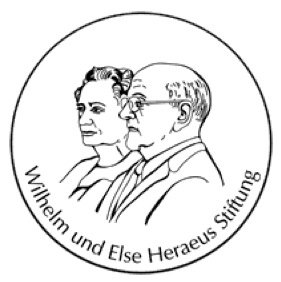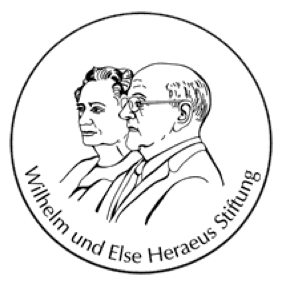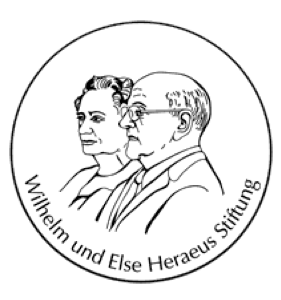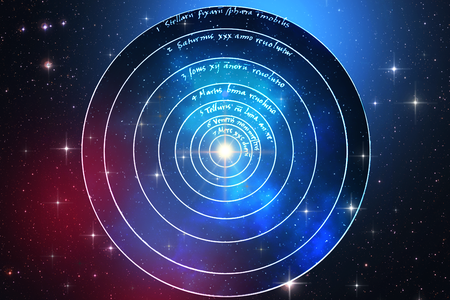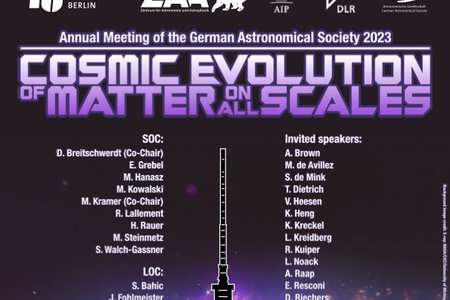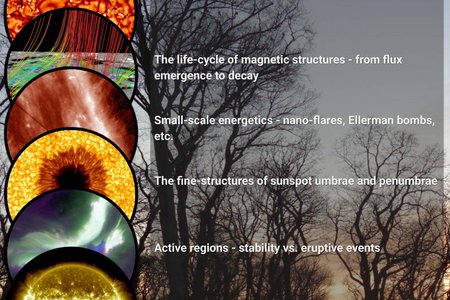The Milky Way’s History: 592. WE-Heraeus-Seminar
In the first week of June 2015 the 592. WE-Hereaus Seminar in Bad Honnef brings together representatives from the extensive ground-based surveys, spacecraft missions CoRoT, Kepler and future Plato-2, as well as galaxy formation and stellar evolution experts to set a roadmap for future endeavors in the field of spectroscopic surveys, asteroseismology and chemodynamical models.
The mechanisms of the formation and evolution of the Milky Way are encoded in the kinematics, chemistry and ages of its stars. Deciphering the assembly history of our Galaxy requires large-scale ground-based spectroscopic surveys able to map large portions of the Galaxy. An enourmous effort is ongoing with large spectrosopic surveys such as RAVE, SEGUE, LAMOST, Gaia-ESO, APOGEE and GALAH, from which stellar parameters, radial velocities and the abundances of several chemical elements can be measured. The availability of asteroseismic constraints for populations of stars calls for a novel scientific collaboration that combines expertise from diverse areas of astrophysics, such as models of Galactic and stellar evolution, model atmospheres, asteroseismology and spectroscopy.
Cristina Chiappini, chair of the organizing team and scientist at the Leibniz Institute for Astrophysics Potsdam, says: “We greatly encourage the participation of PhD students and young postdocs as they will be the main users of the future ground based and space facilities in this field.” The involvement of young generations in frontier science topics is one of the main goals of the “Wilhelm und Else Heraeus-Stiftung”.
This seminar is generously funded by the Wilhelm und Else Heraeus-Stiftung.
The Physikzentrum (Physics Center) is run by the Deutsche Physikalische Gesellschaft e. V. (DPG) and is jointly supported by the University of Bonn and the state of North Rhine – Westphalia.
Science contact: Cristina Chiappini, cristina.chiappini@aip.de
In the first week of June 2015 the 592. WE-Hereaus Seminar in Bad Honnef brings together representatives from the extensive ground-based surveys, spacecraft missions CoRoT, Kepler and future Plato-2, as well as galaxy formation and stellar evolution experts to set a roadmap for future endeavors in the field of spectroscopic surveys, asteroseismology and chemodynamical models.
The mechanisms of the formation and evolution of the Milky Way are encoded in the kinematics, chemistry and ages of its stars. Deciphering the assembly history of our Galaxy requires large-scale ground-based spectroscopic surveys able to map large portions of the Galaxy. An enourmous effort is ongoing with large spectrosopic surveys such as RAVE, SEGUE, LAMOST, Gaia-ESO, APOGEE and GALAH, from which stellar parameters, radial velocities and the abundances of several chemical elements can be measured. The availability of asteroseismic constraints for populations of stars calls for a novel scientific collaboration that combines expertise from diverse areas of astrophysics, such as models of Galactic and stellar evolution, model atmospheres, asteroseismology and spectroscopy.
Cristina Chiappini, chair of the organizing team and scientist at the Leibniz Institute for Astrophysics Potsdam, says: “We greatly encourage the participation of PhD students and young postdocs as they will be the main users of the future ground based and space facilities in this field.” The involvement of young generations in frontier science topics is one of the main goals of the “Wilhelm und Else Heraeus-Stiftung”.
This seminar is generously funded by the Wilhelm und Else Heraeus-Stiftung.
The Physikzentrum (Physics Center) is run by the Deutsche Physikalische Gesellschaft e. V. (DPG) and is jointly supported by the University of Bonn and the state of North Rhine – Westphalia.
Science contact: Cristina Chiappini, cristina.chiappini@aip.de
